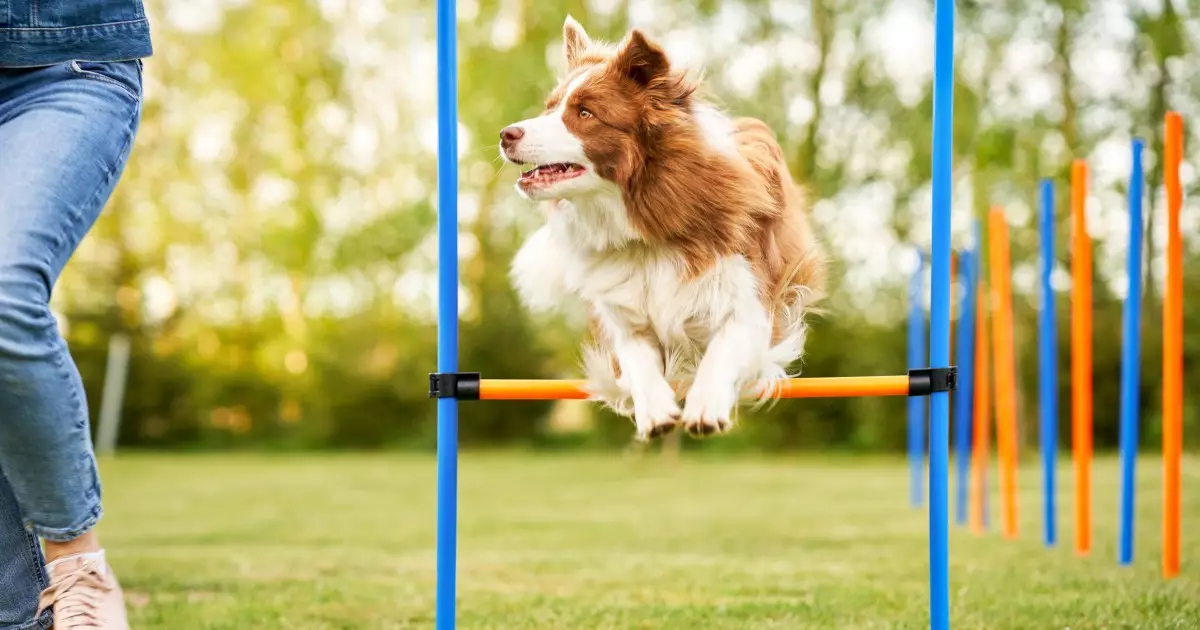Agility training is a captivating sport that showcases the partnership between dogs and their handlers as they navigate a series of obstacles in a timed environment. This thrilling activity harmonizes elements of skill, dedication, and non-verbal communication—transforming it into a delightful spectacle for both participants and onlookers. Agility is not merely about winning; it is about fostering profound connections between dogs and their owners while keeping both mentally stimulated and physically active.
Participants guide their dogs through an intricate course laden with various obstacles such as tunnels, jumps, weave poles, and seesaws. The unique aspect of agility training is that handlers can only rely on voice commands and hand gestures; they are forbidden from touching either the dog or the equipment. This reliance on communication strengthens the emotional bond between human and canine, bridging the gap between mere companionship and genuine partnership.
Who Can Participate in Agility?
One of the remarkable aspects of agility is its inclusivity. While breeds like Border Collies and Australian Shepherds may be naturally wired for agility due to their energy levels and intelligence, dogs of all breeds and sizes can thrive in this sport. Competitions categorize participants based on size and skill level, thereby leveling the playing field. Consequently, a small Dachshund has just as much chance to shine as a large Labrador.
Whether or not you intend to compete, the advantages of agility training are abundant. A well-designed agility course provides an excellent physical and mental workout for dogs, encouraging confidence through mastery of maneuvers. Additionally, it promotes positive social interaction by allowing dogs to engage with their handlers and other canine participants, which can be enriching for both parties involved.
Before diving into the world of agility, it is crucial to assess your dog’s physical readiness for the activity. A veterinary check-up is advisable to rule out any preexisting health issues—especially for breeds known to be prone to conditions such as hip dysplasia or vision impairments. Beyond physical fitness, mental readiness is equally essential. Not all dogs are suited for the high-energy environment of agility training. For instance, dogs that are timid or easily stressed may struggle, so it’s vital to evaluate their temperament before starting the training journey.
Moreover, good behavior around other dogs is essential to prevent incidents during training sessions. While agility training typically involves minimal close contact, unpredictable situations can arise in any group setting.
For those intrigued by the idea of agility, finding a training venue is simple. Many cities boast various classes tailored to all skill levels. Private trainers are also available for those who prefer a more personalized approach. It is advisable to seek out facilities that emphasize methods based on positive reinforcement, ensuring the safety and well-being of all dogs involved.
If space permits, you can also consider investing in agility equipment for home use. Various do-it-yourself options can be crafted from everyday items, making the practice accessible without a substantial financial commitment. However, remember to ensure safety and durability in your homemade equipment.
Typically, dogs should be around a year old to begin training, allowing their joints and bones sufficient time to mature. Ensuring your pup’s physical readiness can help avoid potential injuries associated with premature training.
Above all, agility training is about enjoyment. Whether you are working on obstacle courses or teaching your dog new skills, the experience can be immensely fulfilling. The laughter shared, the triumphs achieved, and the pleasure of working together contribute to an unparalleled sense of joy.
If you’re looking for additional avenues to enrich your dog’s life, there are countless options. From teaching impressive tricks to exploring local dog parks, the possibilities are endless. Ultimately, agility training stands out as a versatile and rewarding pursuit that not only benefits your dog’s physical and mental health but also strengthens your bond in a fun and dynamic way.

